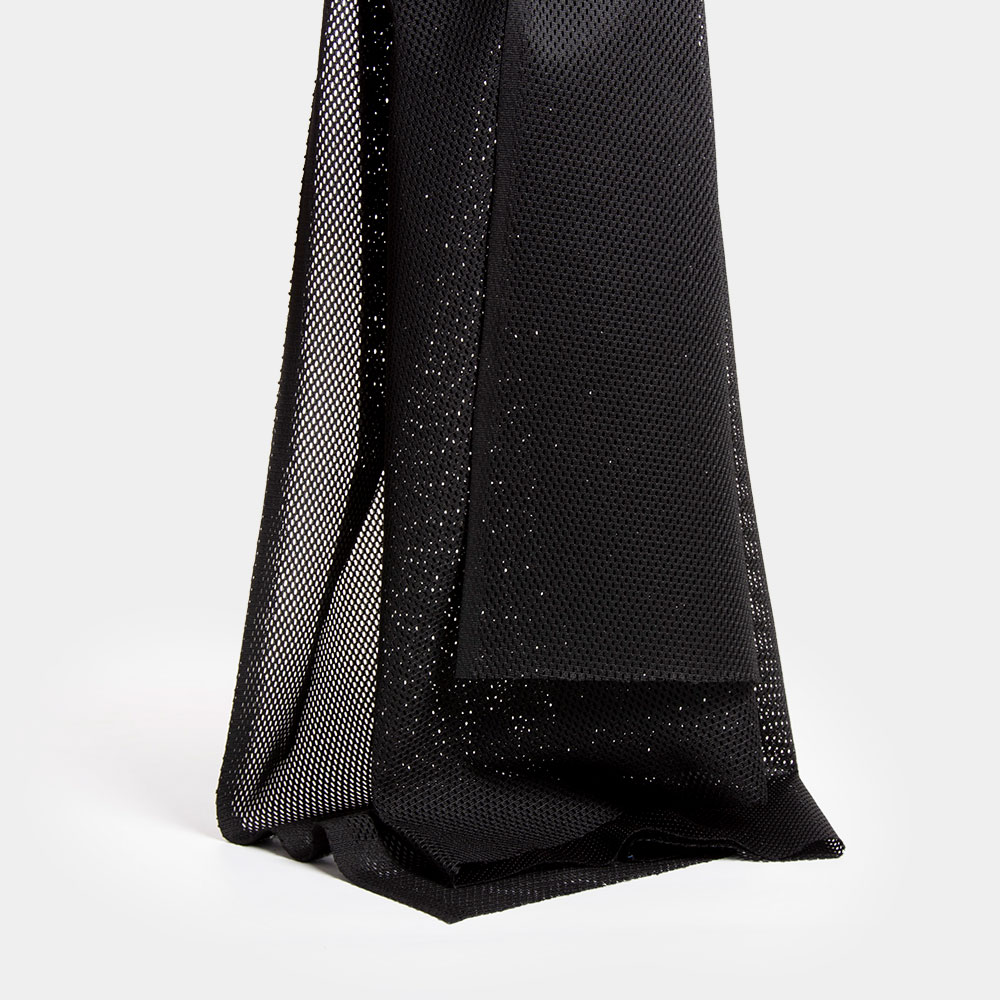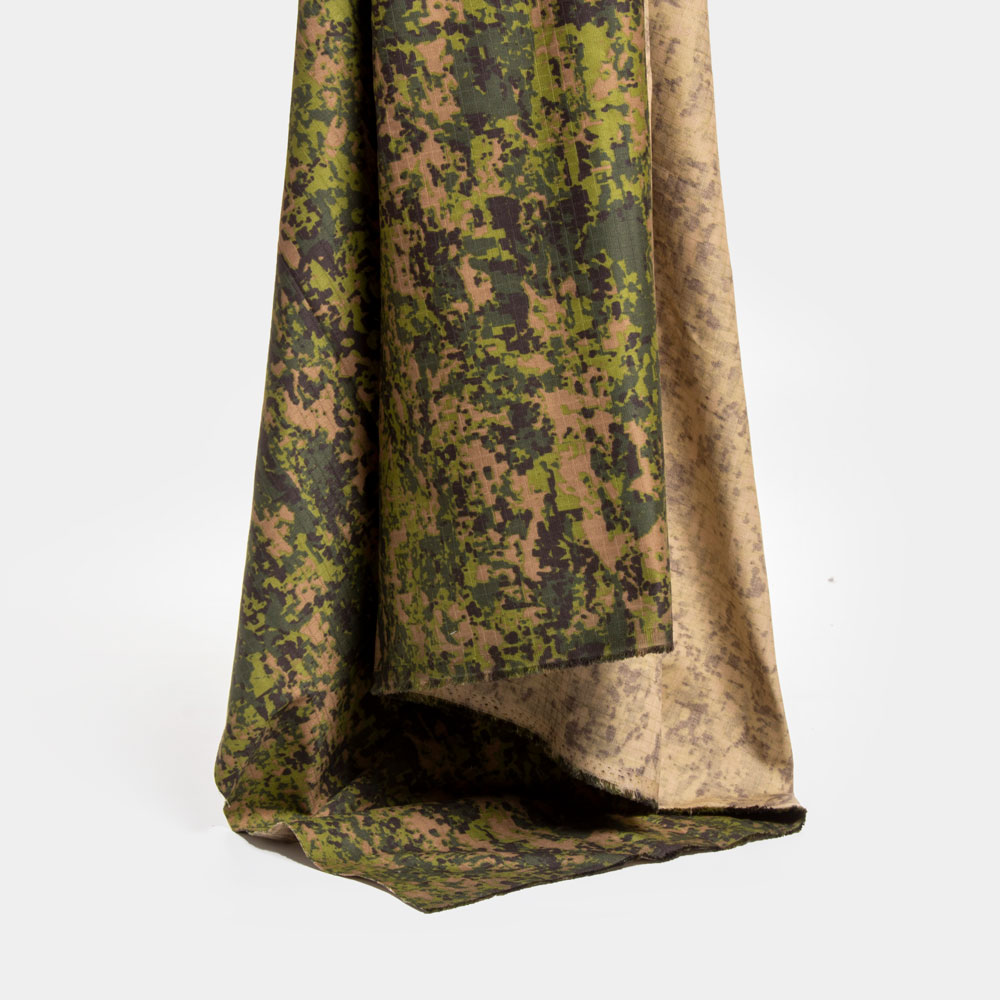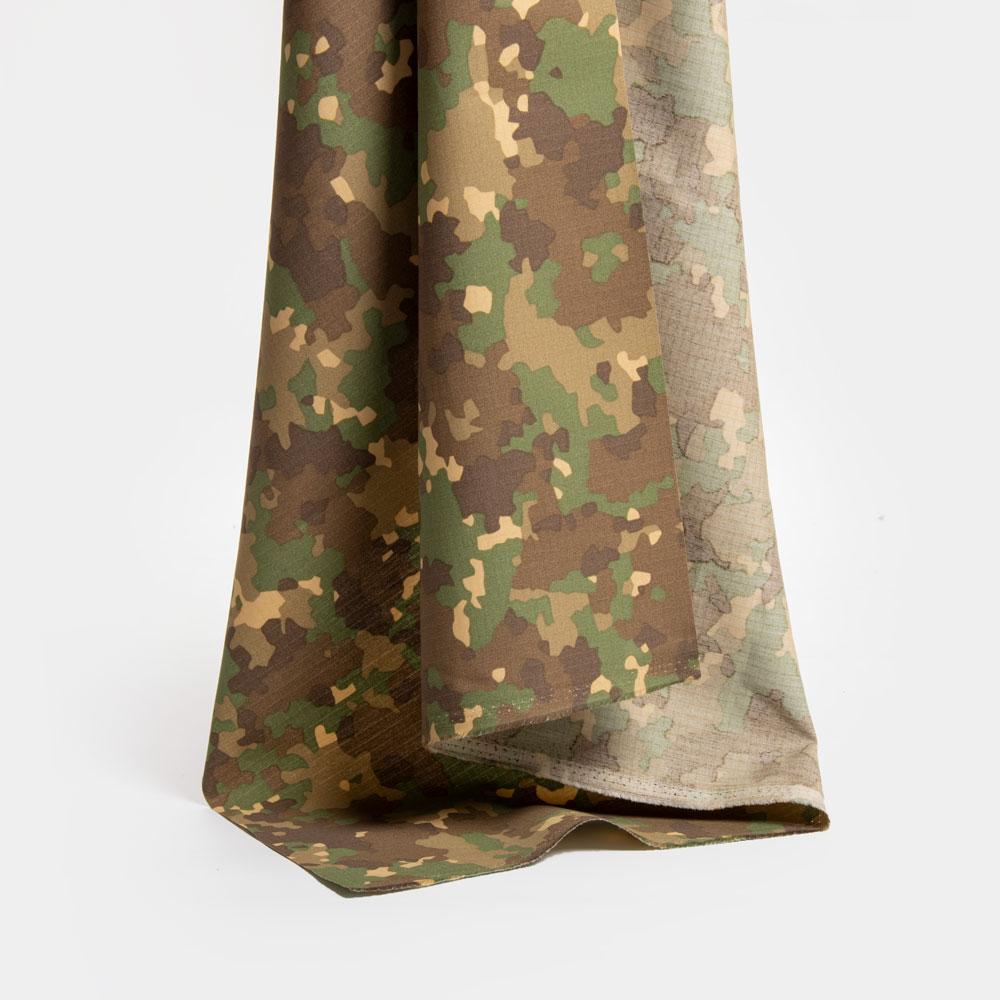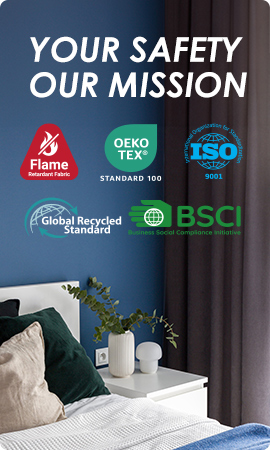What is Flame Retardant and Flame Retardant Fabrics
Flame retardants are usually substances which: inhibit or control flame spread, reduce the probability of ignition and/or chemistry during burning preparatory to charring through a significant reduction in either heat content or rate of combustion. Fire retardant is basically some kind of a coating or spray which you can use on your material whatever needs to be fire protected. Take flame retardant fabric as an example, it can greatly increase the degree of fire resistance.
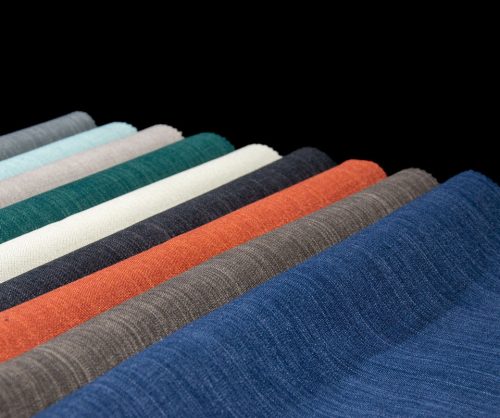
What is Flame Retardant
Flame retardants can organize fires through physical or chemical reactions. The physical fire prevention of flame retardants can usually be achieved by cooling, protective layers, or diluting the radius of the flame to extinguish the flame. Chemical flame retardants typically use gas-phase reactions, solid phase reactions, and intumescent to form a protective layer to control flame spread. There are many types of flame retardants, and their chemical structures and usage methods are also different. The most commonly used flame retardants are compounds based on chemical elements such as phosphorus and bromine
Inorganic flame retardant
Inorganic flame retardants have the characteristics of good thermal stability, non-volatile, low smoke emission, no production of toxic and corrosive gases, and low cost. Inorganic flame retardants are divided into single effect flame retardants that have flame retardant effects when used alone according to their flame retardant properties; Flame retardant synergists that produce synergistic effects when used in combination with halogens and other flame retardants; Auxiliary flame retardants used with flame retardant synergists and flame retardant fillers that require a large amount of filling to produce flame retardant effects. Inorganic flame retardants mainly include aluminum hydroxide, magnesium hydroxide, antimony oxide, zinc oxide, borides, and phosphorus containing compounds.
However, the flame retardant effect obtained by treating textiles with inorganic flame retardants is often not resistant to water washing, so some decorative fabrics such as wall coverings, curtains, and electric mattress covers can use inorganic flame retardants
Organic flame retardant
Organic flame retardants can be classified into phosphorus based, halogen based (chlorine based and bromine based), sulfur based, boron based, etc. based on the flame retardant elements they contain. There are many varieties and a wide range of applications of halogenated flame retardants, and almost all of their structures are halogenated derivatives of hydrocarbons. According to the alkyl structure, it can be divided into three categories: aliphatic, cycloaliphatic, and aromatic. Among them, aromatic halogen flame retardants have the highest production and usage; According to flame retardant elements, it can be divided into chlorine based, bromine based, and other categories, among which bromine based flame retardants are the most important. Halogen flame retardants are often used in combination with antimony oxide to produce a synergistic effect and improve flame retardancy.
Phosphorus based flame retardants are mainly suitable for textile flame retardants due to their safety, while organic boron flame retardants will be a key development target.
Flame Retardant Used in Fabrics
To produce ideal flame-retardant fibers and textiles, there are the following requirements for flame retardants.
(1) It has a significant flame retardant effect on fibers or textiles, and the flame retardant performance of fibers and fabrics should meet the requirements of various flame retardant standards.
(2) It should have good flame retardant durability, including water resistance, dry cleaning resistance, weather resistance, etc.
(3) Does not affect or minimally affect the color, appearance, feel, and other mechanical properties of fibers and fabrics.
(4) Non toxic, non irritating, biodegradable, produces less smoke after combustion, and the smoke is non-toxic.
(5) Fiber flame retardants should have a high thermal decomposition temperature.
(6) Low price and simple application process.
Exploring Flame Retardant Fabrics
Flame Retardant Polyester Fabric
Flame retardant polyester is a combustible fiber that melts and softens under the action of a fire source, then melts and shrinks to form droplets and leave the fire source. Before reaching the fiber ignition point, heat is mainly consumed during the melting process. Due to the strong melting effect and low combustion heat of polyester, the combustion rate is relatively slow. The smoke produced by burning polyester is moderate, and the toxicity of the smoke is low. The manufacturing methods of flame-retardant polyester mainly include copolymerization flame-retardant modification and blending flame-retardant modification. In recent years, people have gradually tended to develop silicon-based inorganic or organic flame retardants and nano flame retardants. For example, polyester composite materials prepared from nano layered silicates have good mechanical properties, which can significantly reduce the heat release rate, effective combustion heat, and the generation of carbon monoxide and carbon dioxide when burned, which is conducive to isolating the contact between the combustion surface and oxygen and heat. Fire Resistant Sheer Curtains provided by BEGOODTEX, which has passed the OEKO-TEX STANDARD 100 and global recycling standards, can ensure safety and comfort and inject classic vertical aesthetics into your room with its lightweight texture, soft touch, and exquisite craftsmanship,
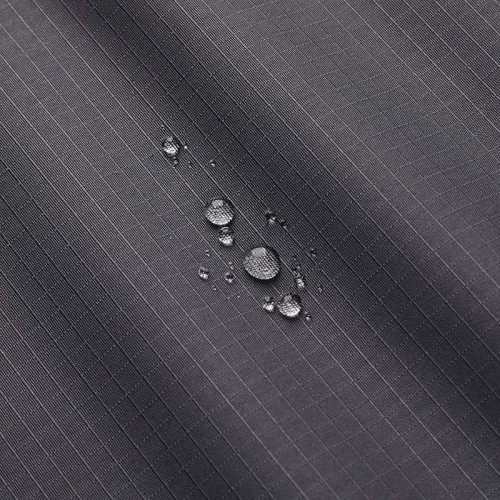
Flame Retardant Nylon Fabric
Nylon has excellent tensile and bending properties, and is not easily broken. And nylon fiber has strong insect resistance, chemical resistance, and mold resistance, making it an ideal material for clothing, bags, and ropes. Nylon fabric is widely used in textiles such as outerwear and underwear, as well as decorative items such as curtains and tablecloths. In addition, nylon’s excellent waterproof performance is also a material for outdoor products such as tents and backpacks. At the same time, flame-retardant nylon burns slowly when exposed to fire, and the fibers shrink strongly, making it easy to self extinguish. These outstanding characteristics make nylon textiles very popular and quickly enter other textile applications ranging from clothing to industrial use. BEGOODTEX has also launched flame retardant nylon products that can provide long-lasting and effective fire resistance even after repeated washing.
According to statistics, more than 8000 people die from fires in the United States each year, with 150000 to 250000 injuries and economic losses of $400 million. Bedding, furniture decorative fabrics, and clothing are the main causes of fires. Textile clothing comes into direct contact with humans, and once burned, it can cause partial skin burns and pain, and in severe cases, extensive burns and scalding of the skin, endangering life. In addition, the harmful gases produced by the combustion of textiles also pose a threat to human life, causing suffocation or poisoning and resulting in death. Therefore, researching flame retardant technology for textiles, developing various flame retardant textiles, and continuously meeting the standards of flame retardant textiles will be an important aspect that BEGOODTEX has always adhered to.


